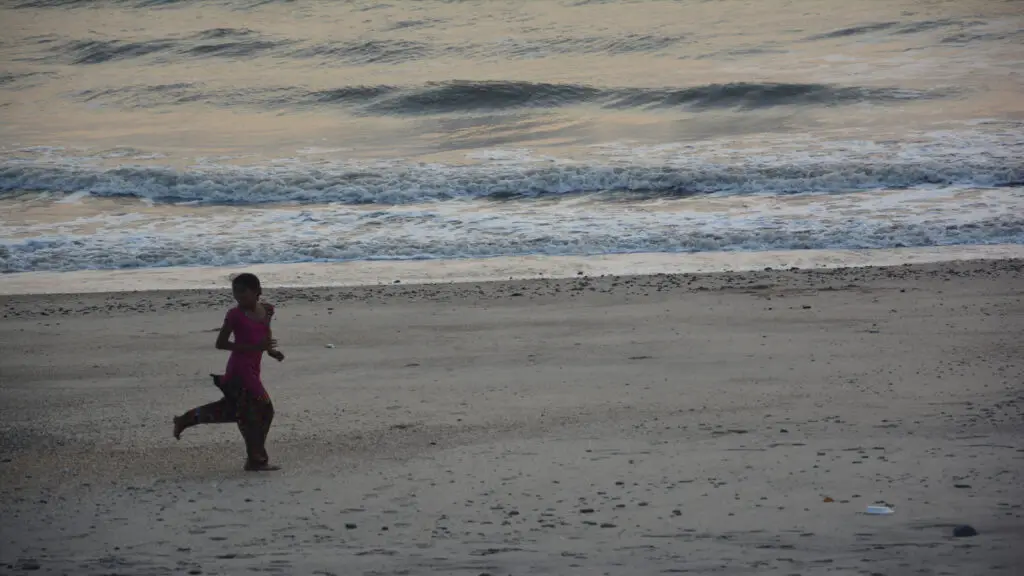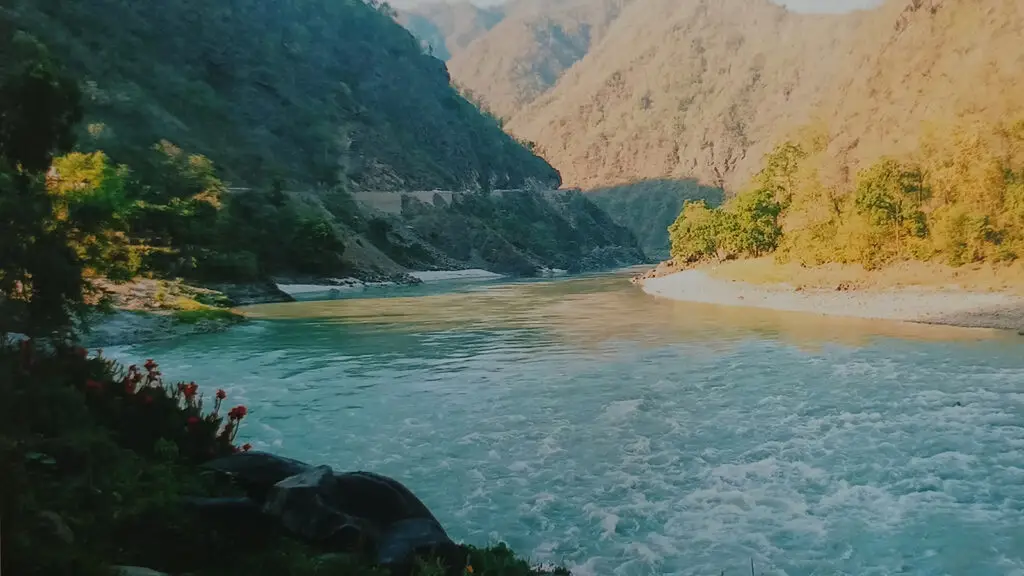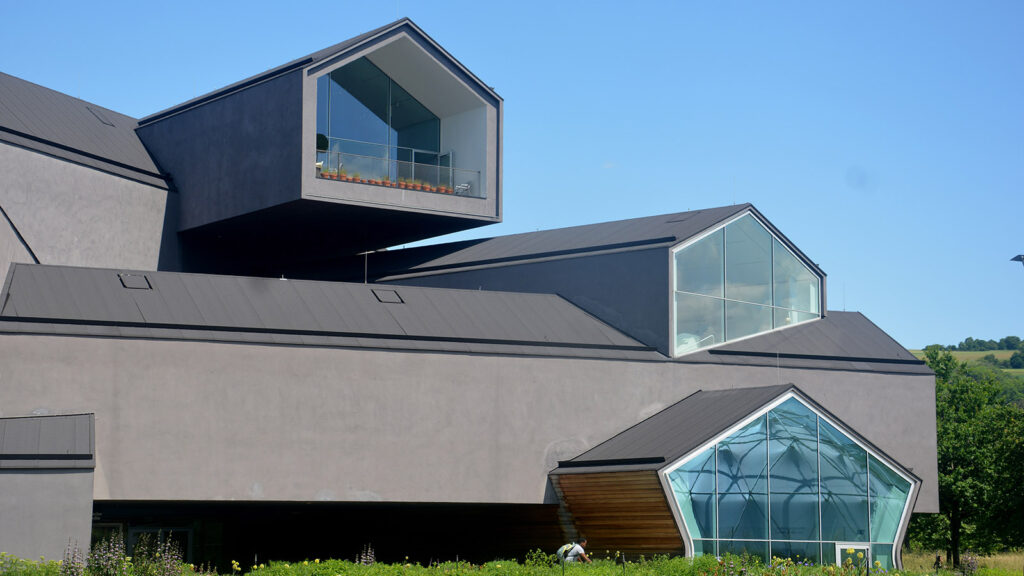A Return After Three Decades
It was a warm afternoon in March this year that I found myself at the Sun Temple, Modhera, again—after a gap of 30 years. It was during my internship in 1995, in Ahmedabad, that I had first visited this ancient place on one of the weekends—curious and wide-eyed, eager to explore my ever-expanding world. I had gone with my friends on a borrowed bike. It was monsoon, and I have some warm memories of watching this grand structure in the rain and later enjoying bhajiya outside the complex. But memories are mysterious things. Time folds them, layers them with emotions, and makes them almost sacred—something you hold near your heart. This visit, now, was also a test of that faded, yet sacred memory—a chance to encounter it again in my wiser years. The visit was not just to the monument, but to a part of myself.
I had gone with my friends on a borrowed bike. It was monsoon, and I have some warm memories of watching this grand structure in the rain and later enjoying bhajiya outside the complex. But memories are mysterious things. Time folds them, layers them with emotions, and makes them almost sacred—something you hold near your heart. This visit, now, was also a test of that faded, yet sacred memory—a chance to encounter it again in my wiser years. The visit was not just to the monument, but to a part of myself.
The Architecture of Time and Sun
Placed strategically to align with the Tropic of Cancer and, hence, the annual movement of the sun, this temple was built by King Bhima I of the Solanki dynasty in the 11th century CE. It was said to be built as a commemoration of the defence against the advancing army of Mahmud of Ghazni.  Though Ghazni plundered many temples during his raids, Modhera survived that fate, and its reconstruction perhaps stands as a symbol of cultural resistance and revival. The temple was later raised and rebuilt, and it continues to hold a rare stillness through the centuries—still pulsating with the presence of its now long-gone deity.
Though Ghazni plundered many temples during his raids, Modhera survived that fate, and its reconstruction perhaps stands as a symbol of cultural resistance and revival. The temple was later raised and rebuilt, and it continues to hold a rare stillness through the centuries—still pulsating with the presence of its now long-gone deity.
The moment I entered the complex, I was struck by its rhythmic beauty again. The water tank in front of the temple, with its multiple shrines, looked wiser in its stillness. Whereas earlier I had been excited by the steps that led down to the water, this time the reflection in the water spoke to me of the time that had gone by. The water was calm and reflective, mirroring my own state of mind.
I was better prepared to take in the beauty of the place, to find newer insights, and to appreciate the advance of history.
 The waterbody stands as a foreground to the Sabhamandapa or Natyamandapa, which connects the main temple with the stepped tank. This is an exquisitely designed structure with carved sandstone pillars, telling stories from mythology—dancing figures that make the space come alive with festivity. A gentle play of light and dark makes this space flow in and out from all sides. This place sits lightly on the ground. The mandapa mesmerised me—even though the carvings have been blunted by weathering over time.
The waterbody stands as a foreground to the Sabhamandapa or Natyamandapa, which connects the main temple with the stepped tank. This is an exquisitely designed structure with carved sandstone pillars, telling stories from mythology—dancing figures that make the space come alive with festivity. A gentle play of light and dark makes this space flow in and out from all sides. This place sits lightly on the ground. The mandapa mesmerised me—even though the carvings have been blunted by weathering over time.
Stillness, Stone, and Inner Reflection
The walls surrounding the main shrine are equally exquisite—carved with the Sun God present in 12 alcoves, each in a different mudra, representing the 12 months of the year.  The sun is life, and so is the outside. As I moved around the temple, admiring the beauty, the craftsmanship, the repetitive and rhythmic alcoves around the shrine, I was moved by the thought behind it all. The brilliance of aligning this structure so precisely with the movement of the sun was deeply humbling. The architectural mastery and the spiritual intent behind such precision felt profound. It wasn’t just about building a temple—it was about building time itself into stone, holding the cosmos in symmetry with earthly life.
The sun is life, and so is the outside. As I moved around the temple, admiring the beauty, the craftsmanship, the repetitive and rhythmic alcoves around the shrine, I was moved by the thought behind it all. The brilliance of aligning this structure so precisely with the movement of the sun was deeply humbling. The architectural mastery and the spiritual intent behind such precision felt profound. It wasn’t just about building a temple—it was about building time itself into stone, holding the cosmos in symmetry with earthly life.
As I entered the Garbhagriha, now bereft of its deity, the darkness captured me gently in its hug. Soft light entered only from a few openings. The darkness of the main shrine and the lightness of the Sabhamandapa stood in contrast—and yet, they complemented each other. The Sabha is meant for the world outside—for arts, for social gatherings, for the life which can be enjoyed by the senses. The Gudhamandapa is for the self beyond senses. It draws you in, makes you go inside and focus on thyself.
What Remains, and What Changes
 I don’t know what I was looking for when I came back—visiting this place again after three decades. Maybe it was to measure the distance between who I was and who I am. Perhaps to seek comfort in the fact that some things remain the same, even if the world around changes drastically. Perhaps to find that old joy—or perhaps, to find new wisdom.
I don’t know what I was looking for when I came back—visiting this place again after three decades. Maybe it was to measure the distance between who I was and who I am. Perhaps to seek comfort in the fact that some things remain the same, even if the world around changes drastically. Perhaps to find that old joy—or perhaps, to find new wisdom.
What I really found that day in March is all of this, and more. The place wasn’t just a temple to pray and worship. It was a place to hold space—to hold memories, and witness a world which is flying by.
As I walked back, I realised—sometimes we never leave some places. They wait for us, until we are ready to encounter them again with a newer self, extracting new insights and creating new memories.
In revisiting Modhera, I did not merely return to a monument—I returned to a moment, to a version of myself I had once left behind. Time had passed, but the temple stood still, waiting silently with its stories, its sunlit carvings, and its gentle embrace of the sacred.
It reminded me that some places are not just physical—they are emotional landscapes, quietly shaping us across time. What we seek in such places is often not answers, but mirrors. Modhera, with its enduring light and shadows, held mine—reflecting both who I was, and who I continue to become.





Beautifully penned!